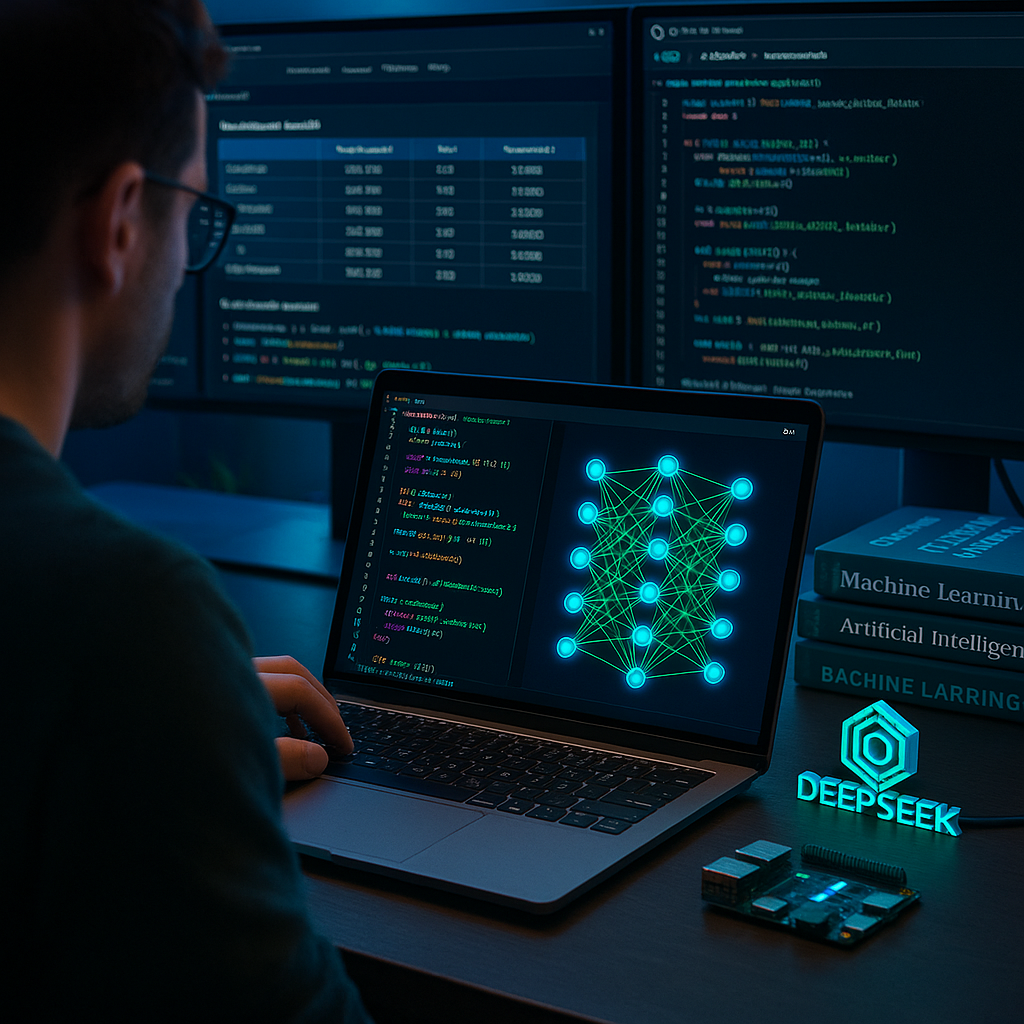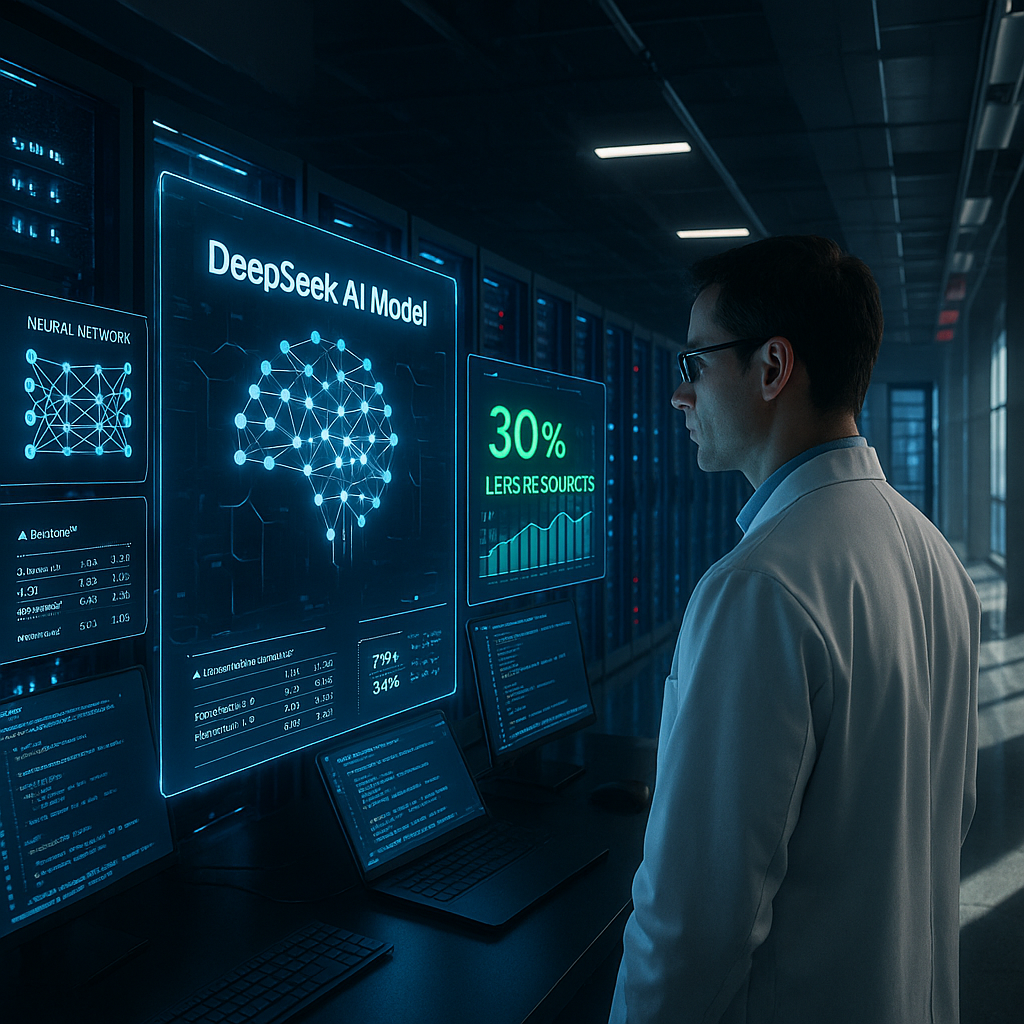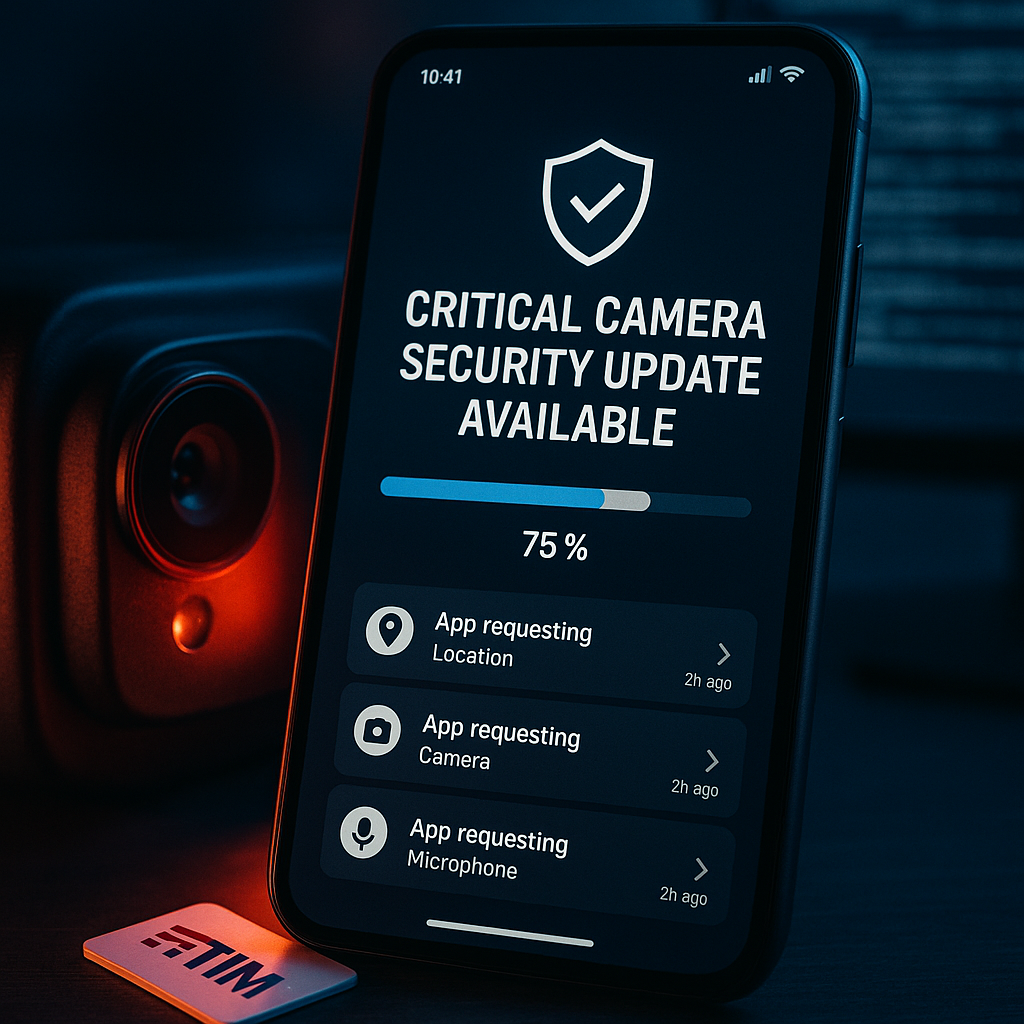Key Takeaways
- AI-powered cyberattacks are increasing, making phishing, deepfake scams, and malware more convincing and difficult to detect.
- DDoS attacks reached record levels, affecting both large platforms and small businesses with severe traffic surges.
- Hybrid work arrangements have created new security risks, including exposure through home Wi-Fi and unmonitored devices.
- Security experts urge prompt software updates, especially for operating systems and collaboration platforms, to address remote-work vulnerabilities.
- The cybersecurity industry is enhancing AI-driven protections and offering clearer guidance for non-technical audiences.
- In October, Cybersecurity Awareness Month will introduce new resources and tools for personal and small business cybersecurity.
Introduction
In September, cybersecurity authorities observed a significant increase in AI-driven attacks, record-breaking DDoS incidents, and new vulnerabilities linked to hybrid work. As home and office boundaries blur, cybercriminals are exploiting fresh opportunities. This environment has prompted urgent guidance and practical recommendations for individuals and small businesses ahead of Cybersecurity Awareness Month.
Surge in AI-Enhanced Cyber Attacks
Artificial intelligence is changing the cyber threat landscape as attackers deploy advanced tools to craft more deceptive scams. Security researchers at Darktrace reported a 43% jump in AI-powered phishing campaigns since August 2023.
These advanced attacks use generative AI to create highly personalized emails and messages that evade standard security measures. Marcus Thompson, lead threat analyst at Darktrace, stated that the grammar and contextual accuracy in these campaigns is far superior to previous automated attempts.
A recent case involved AI-generated voice clones in business email compromise (BEC) schemes. In one instance, a mid-sized manufacturing firm transferred $150,000 after fraudsters used a cloned executive’s voice to approve an urgent wire transfer.
Un passo avanti. Sempre.
Unisciti al nostro canale Telegram per ricevere
aggiornamenti mirati, notizie selezionate e contenuti che fanno davvero la differenza.
Zero distrazioni, solo ciò che conta.
 Entra nel Canale
Entra nel Canale
Critical Infrastructure Vulnerabilities
Attacks on operational technology (OT) in healthcare and energy sectors are rising. The Department of Health and Human Services documented 127 ransomware incidents targeting hospitals during September.
Legacy equipment in industrial control systems increases vulnerability, as outdated devices cannot be easily patched. An incident at a Texas water treatment facility drew attention to these risks after operators detected unauthorized changes in chemical management systems.
The Cybersecurity and Infrastructure Security Agency (CISA) also found that 62% of critical infrastructure organizations lack proper network segmentation between IT and OT environments.
Security Challenges of Hybrid Work
Hybrid work continues to introduce security challenges for organizations. IBM Security reported that 68% of businesses experienced more endpoint-related incidents after adopting remote and in-office work models.
IT teams face difficulties safeguarding an expanded network perimeter, now including personal devices, home Wi-Fi, and unmonitored connections. These points of entry provide attackers with new opportunities to circumvent company defenses.
One global consulting firm suffered a major breach after attackers exploited an unsecured home router. By doing so, they accessed sensitive client data. The compromise affected over 30,000 customer records and led to $2.5 million in immediate response costs.
Emerging Protection Strategies
Organizations are shifting to zero-trust security frameworks in response to evolving threats. This model requires ongoing verification of all users and devices, regardless of their location or the network used.
Cloud-based security tools have shown effectiveness with dispersed workforces. Sarah Chen, a cybersecurity strategist at Gartner, explained that moving security to the cloud delivers consistent endpoint protection and simplifies management.
Recent deployments have yielded notable results:
- 47% reduction in successful attacks for companies using AI-powered threat detection
- 68% faster response times through automated security processes
- 82% greater success in identifying compromised credentials by using behavioral analysis
Essential Defensive Measures
Experts advise using a layered defense that blends technical solutions with employee awareness. Multi-factor authentication remains a cornerstone. CISA reports that it prevents 99% of automated attacks.
Regular employee security training helps staff identify and avoid sophisticated social engineering schemes. Organizations running phishing simulations observed a 50% decline in successful attacks after three months.
Maintaining secure backups and routinely testing recovery procedures are also crucial. Recent ransomware cases show that well-segmented, immutable backups often prevent severe data loss and minimize disruption.
Conclusion
September’s cyber landscape underscored the growing influence of AI-driven attacks, heightened infrastructure vulnerabilities, and new risks from hybrid work. Despite these challenges, progress is evident through layered security measures, expanded cloud protection, and continuous employee training. What to watch: more organizations are likely to expand zero-trust frameworks and track incident response results to gauge the effectiveness of new defenses.





Leave a Reply